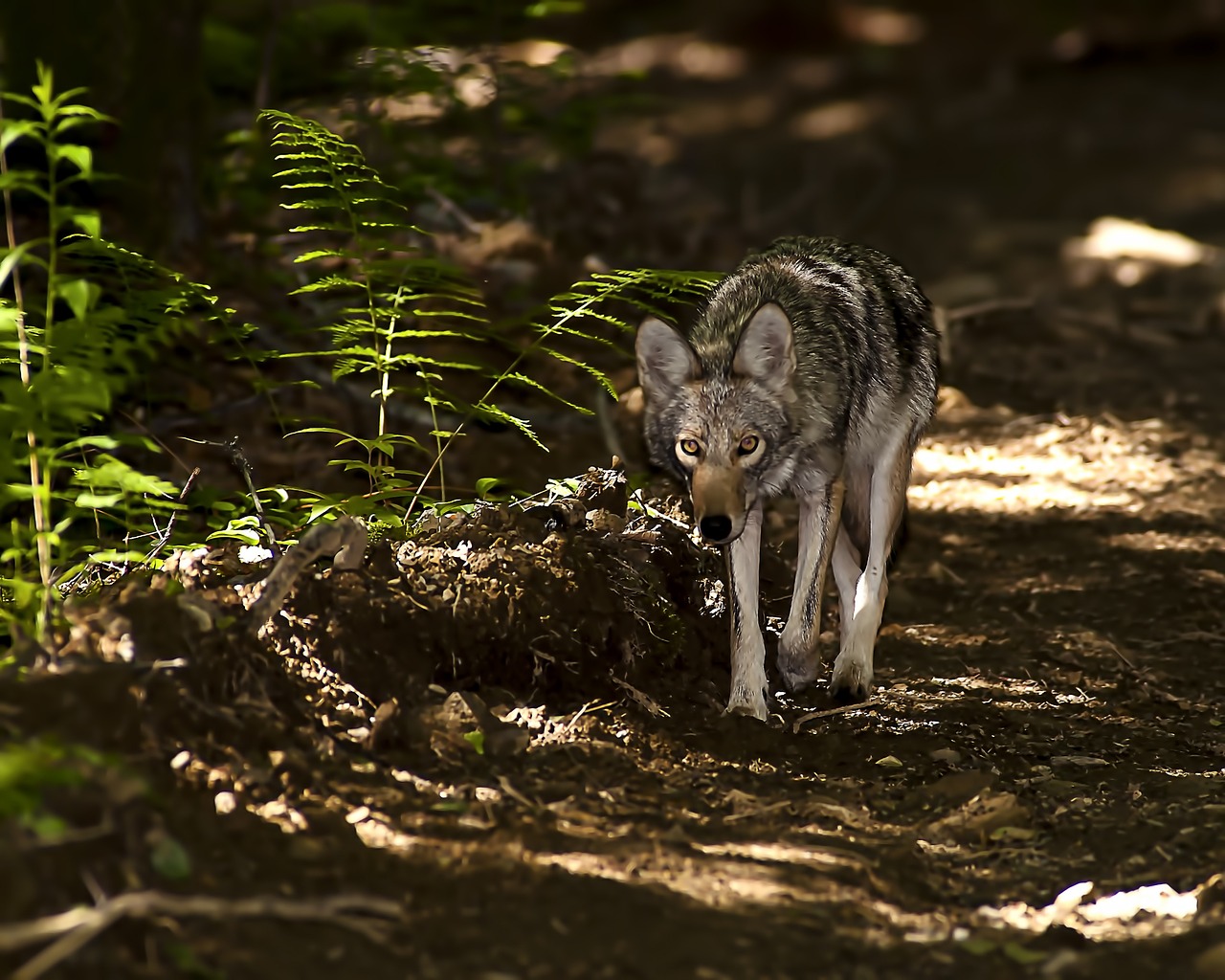
The article explores the 2023 statistics and data on coyote populations by state, shedding light on their population sizes and hunting regulations.

The article explores the 2023 statistics and data on coyote populations by state, shedding light on their population sizes and hunting regulations.

Have you ever wondered how big coyotes can get? Discover the factors that influence their size in this article. From health and age to genetics and gender, various elements play a role. Coyote pups start off weighing half a pound but rapidly gain weight in their first nine months, reaching 18 to 20 pounds. Adult coyotes typically weigh around 35 pounds.
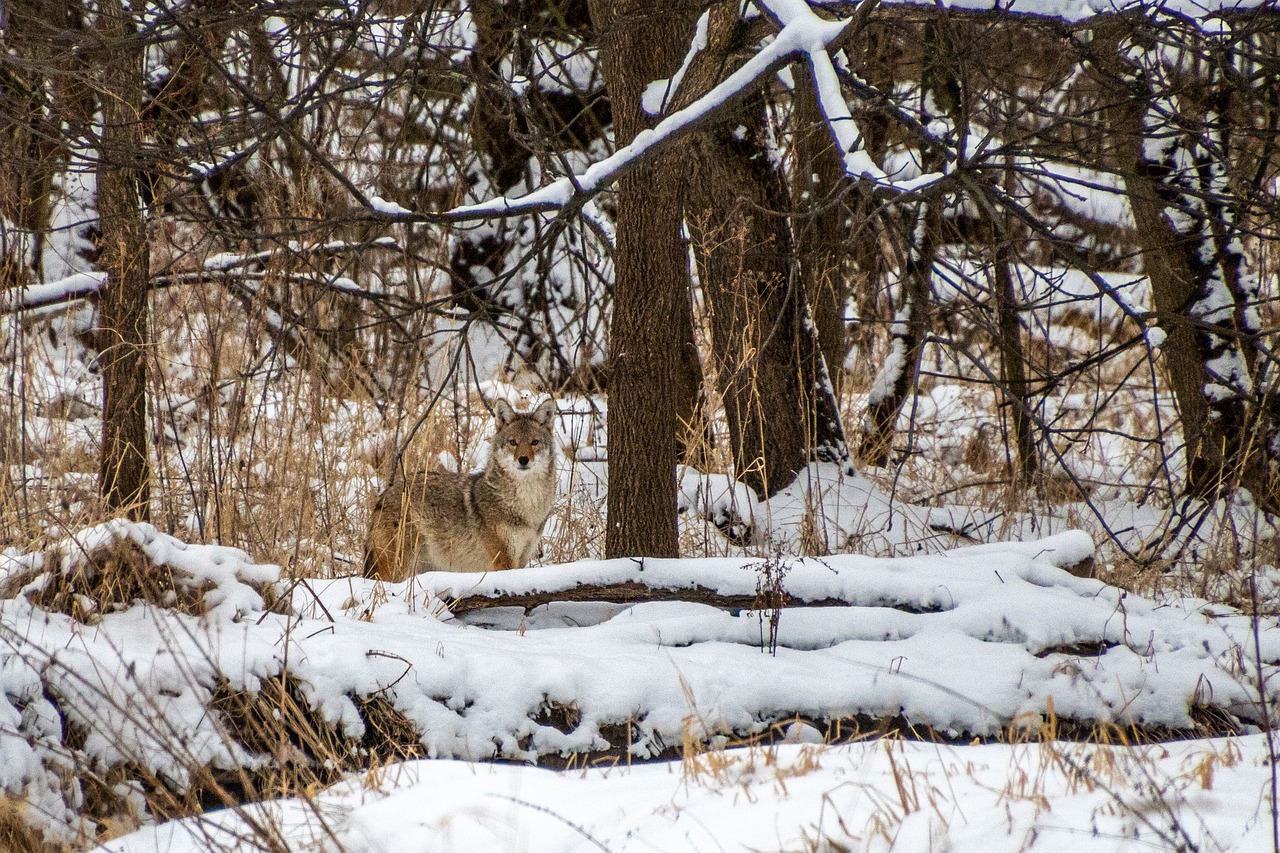
Do you ever wonder how high a coyote can jump? Are you worried about them invading your property by jumping fences? In this article, we’ll explore the impressive jumping abilities of coyotes and whether they can easily navigate different types of fences. Coyotes, with their strong legs and lightweight bodies, are natural-born jumpers. They can effortlessly leap over small obstacles and scale high fences with a running start or platform.
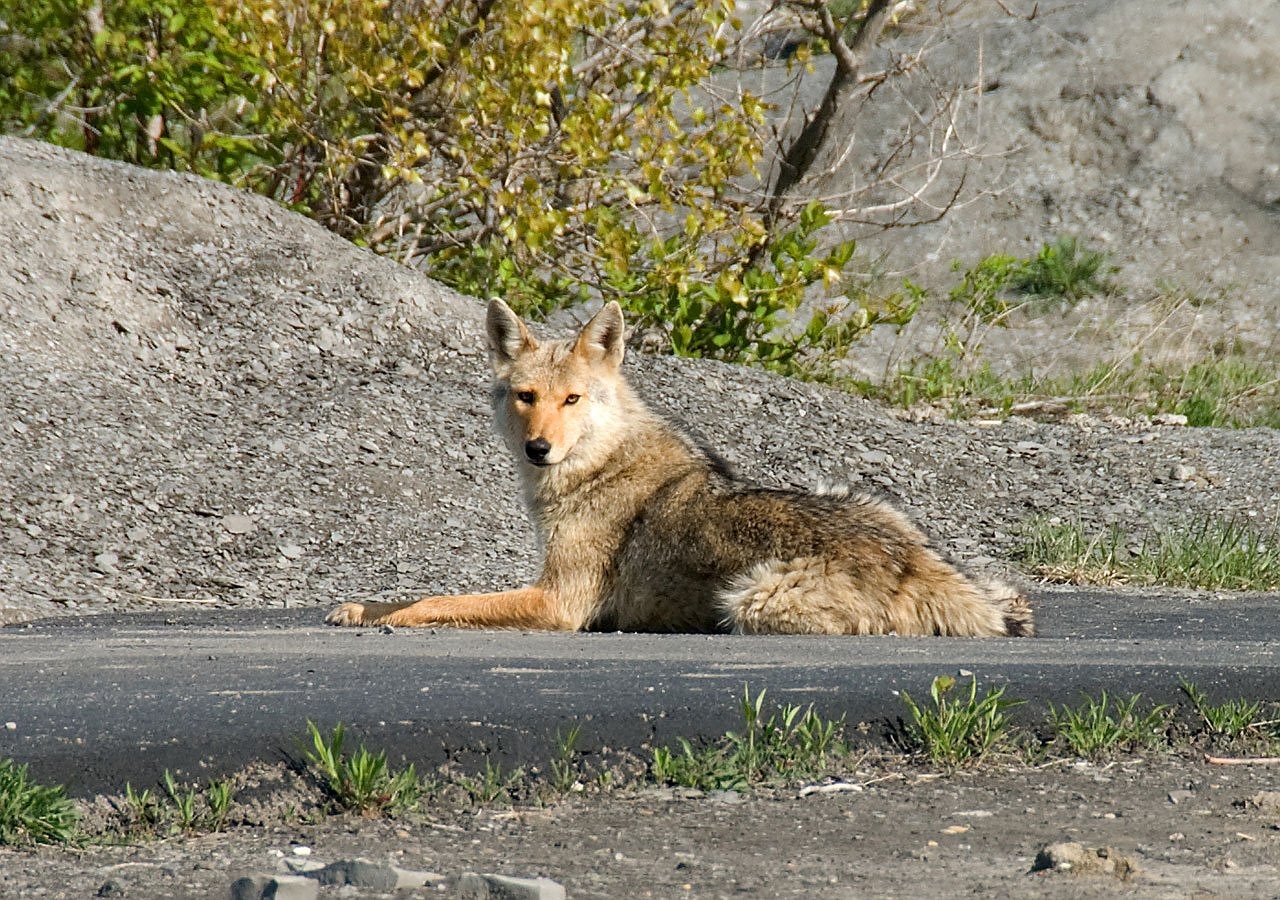
Are you curious about what coyotes eat? Wondering if they’re carnivores or omnivores? Well, look no further! This article has all the answers you seek. Coyotes, fascinating creatures, have a diverse diet that includes both plant and animal matter. They’re classified as omnivores, meaning they consume a variety of plants and animals. From small mammals like rabbits to insects, fruits, and berries, coyotes have a wide range of food sources.
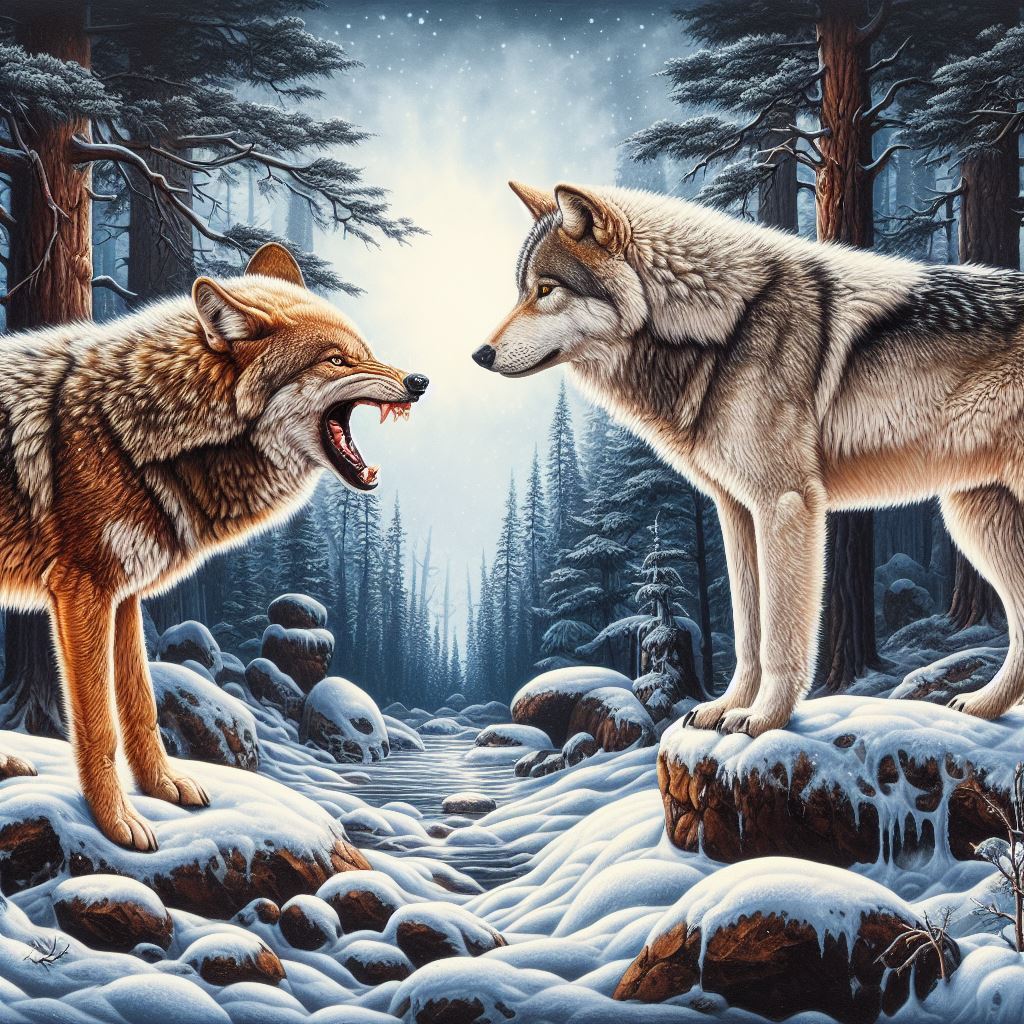
Are you curious about the distinctions between a coyote and a wolf? Look no further! This article will take you on a fascinating journey as we explore the differences between these two captivating creatures. From their physical characteristics to their hunting habits, we’ll cover it all. Prepare to spot the disparities and gain a deeper understanding of these remarkable beings.
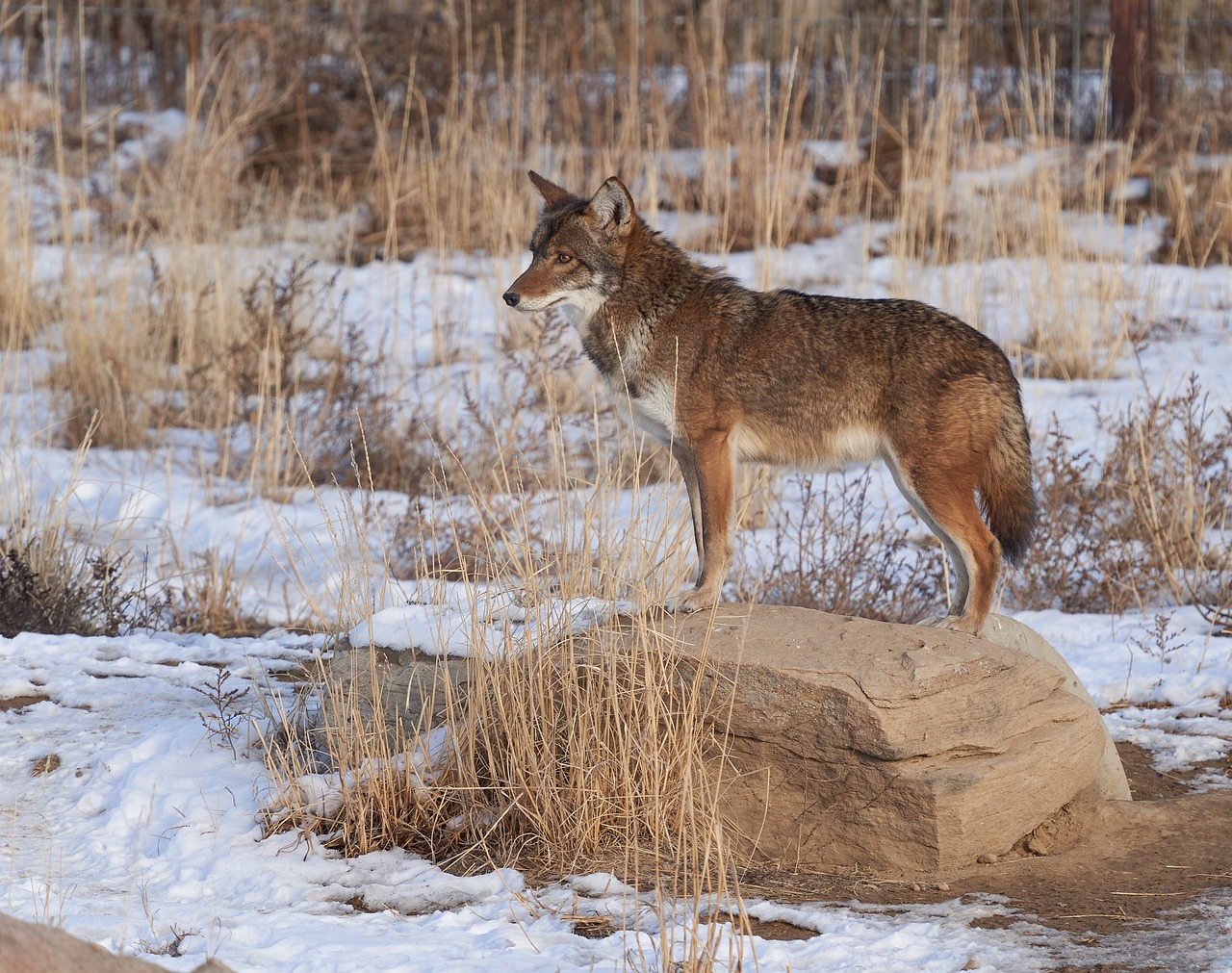
Have you ever wondered just how big coyotes can get? Well, get ready to be amazed! In this article, we’ll delve into the fascinating world of coyote size and explore the various factors that influence their dimensions. From genetics to location and food sources, these factors can have a significant impact on their size and weight.

Are you curious to know the differences between eastern and western coyotes? This article explores nine key distinctions between these two species. Eastern coyotes tend to be larger, measuring 4 to 5 feet and weighing 30 to 50 pounds, while western coyotes are slightly smaller, measuring around 3.3 to 4.3 feet and weighing 20 to 30 pounds. Their fur color also varies.
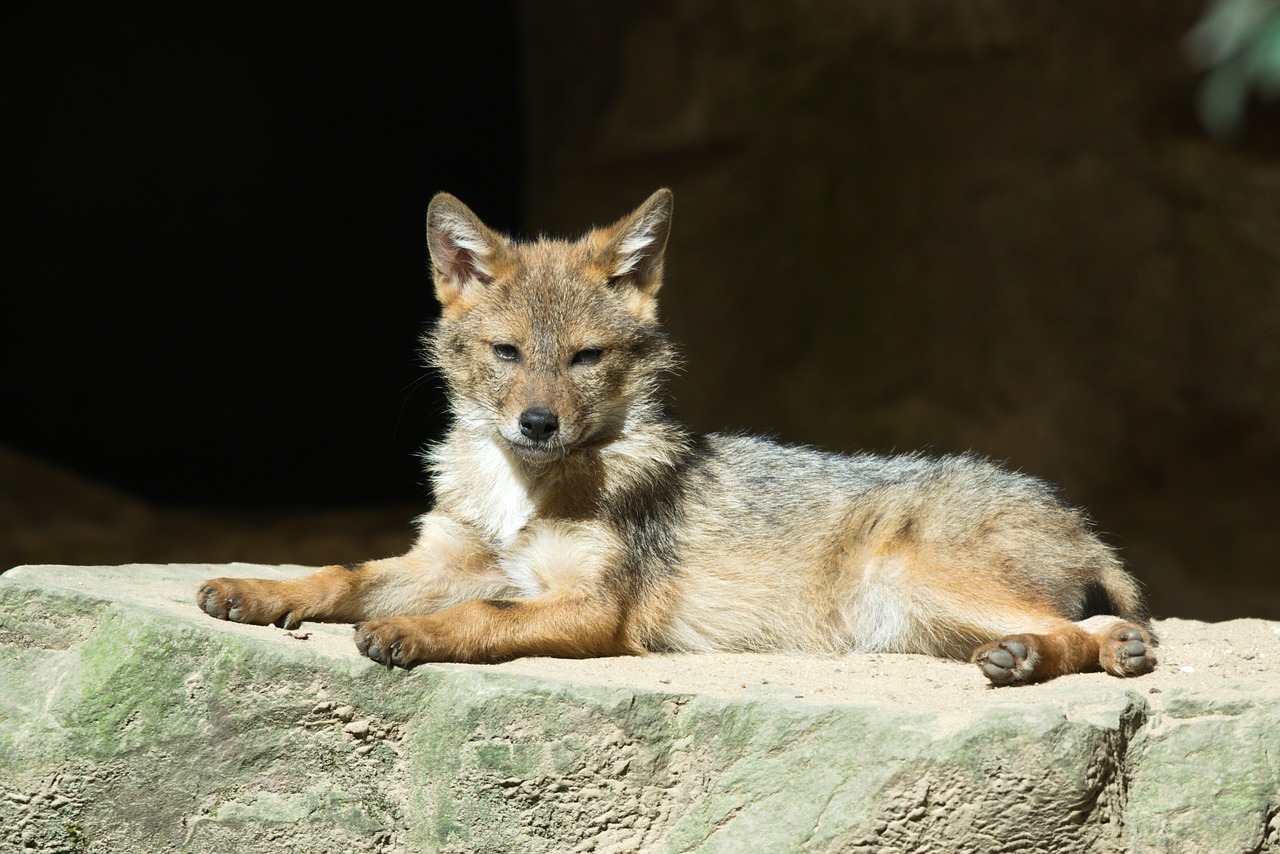
Are you ready to explore the incredible diversity of coyotes? In this article, you’ll discover types of coyotes, each with its own unique characteristics and captivating features. From the majestic Northeastern Coyotes found in Canada and northern USA to the elusive Southern Coyotes inhabiting the southern regions of the United States and northern Mexico, we’ll delve into their striking appearances and distinct traits.

Are you curious about the key differences and strength comparison between coyotes and hyenas? Look no further! In this article, we’ll explore their physical characteristics, speed, diet, habitat, and conservation status. Coyotes have a slender body, measuring between 3.3 and 4.3 feet in length, while hyenas are stockier, growing up to 5.9 feet.
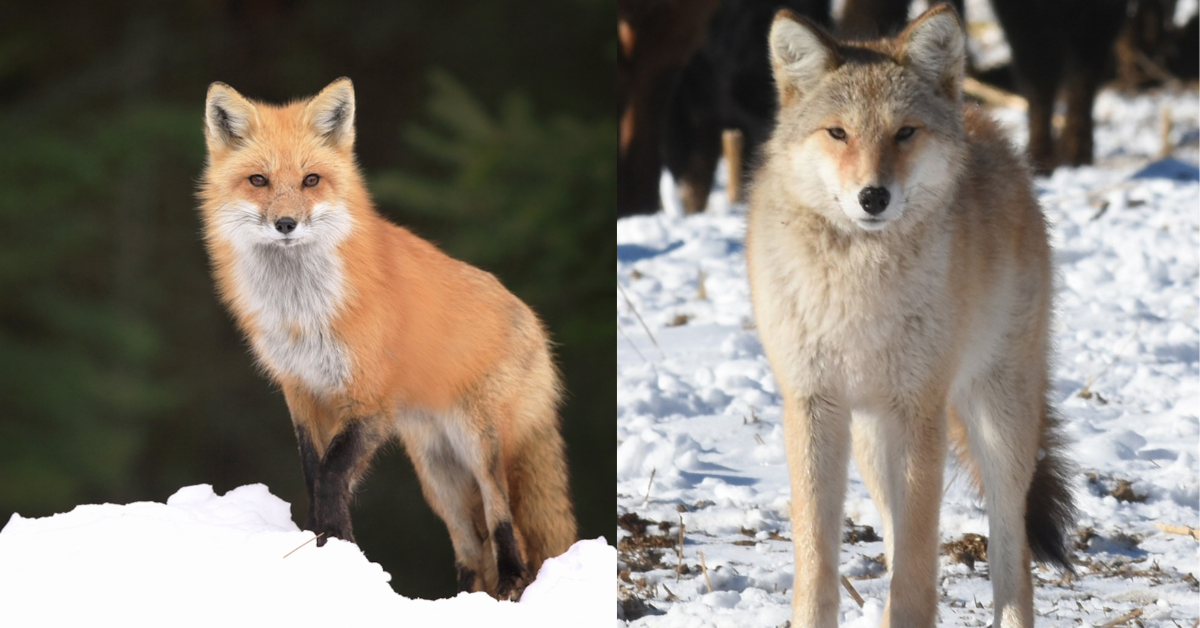
Foxes and coyotes are both members of the Canidae family, which also includes wolves and domestic dogs. They are two of the most common wild canids found in North America. Foxes and coyotes are both known for their cunning and adaptability, and they are able to thrive in a variety of habitats, from forests to grasslands to urban areas.